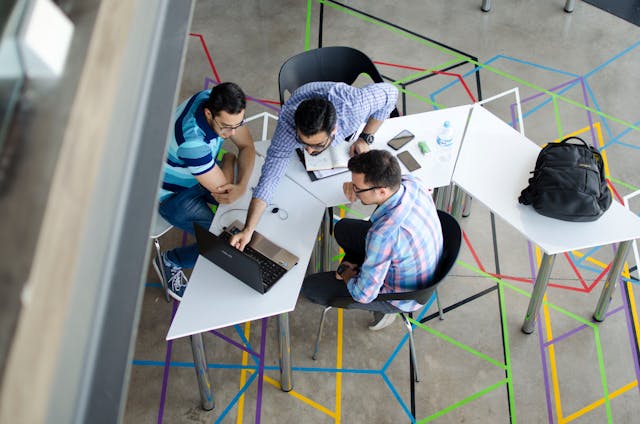
As the way we work continues to evolve, so too does the nature of the spaces we work in. The traditional office model is giving way to more flexible, tech-enabled, and people-centric environments that support both productivity and well-being. In Australia, businesses are reimagining their office spaces to meet changing expectations, driven by digital transformation, hybrid work models, and the need for agile growth.
In this article, we explore the top trends shaping the future of business spaces in Australia — and how businesses can adapt and thrive in this shifting landscape.
The Rise of Hybrid Work Models
The pandemic accelerated the adoption of hybrid work arrangements, and there’s no turning back. Australian businesses are increasingly offering employees the freedom to split their time between home and the office. This shift has led to a rethink of space utilisation — companies no longer need large, fixed workspaces for every employee, but instead, dynamic layouts that support collaboration when needed and focus when required.
What this means:
Offices must now support flexible workstyles with hot-desking, bookable meeting rooms, and collaborative zones. This also reduces fixed overheads and allows companies to scale space based on real-time demand.
Flexibility Over Long-Term Leases
Long-term leases are becoming less attractive, especially for startups and SMEs looking to remain agile in uncertain times. In their place, flexible workspace solutions — like shared offices and managed office suites — are gaining ground.
What this means:
Businesses want the ability to scale up or down quickly, without being locked into rigid contracts. Providers like JustCo offer short- to mid-term office rentals that allow for growth, mobility, and cost efficiency.
Human-Centric Workplace Design
The future office is not just a place to work — it’s a space that nurtures people. Australian employers are placing greater emphasis on the health, wellness, and experience of their teams. This means more natural light, biophilic design, breakout areas, wellness rooms, and ergonomic furniture.
What this means:
Modern office design is as much about employee well-being as it is about efficiency. Businesses that invest in thoughtfully designed spaces tend to see higher engagement, productivity, and talent retention.
Integration of Smart Technology
Offices across Australia are becoming smarter and more connected. From app-based room booking systems to IoT sensors that monitor air quality and occupancy, smart tech is being used to create efficient, data-driven environments.
What this means:
Future-ready workspaces leverage technology to improve operations and user experience. Tenants benefit from real-time space management, enhanced security, and seamless digital access to services.
Decentralised & Satellite Workspaces
With employees living across metro and suburban areas, many businesses are moving away from a single HQ model. Instead, they’re adopting decentralised workplace strategies with satellite offices closer to where people live.
What this means:
By offering regional hubs or coworking spaces in multiple locations, companies reduce commute time, increase employee satisfaction, and attract a wider talent pool. Providers with a strong national or APAC presence, like JustCo, are well positioned to support this shift.
Sustainability as a Priority
Sustainability is no longer optional — it’s a key factor in workplace decisions. Australian businesses are actively seeking out office spaces that support green building standards, energy efficiency, and reduced carbon footprints.
What this means:
Sustainable design not only aligns with corporate ESG goals, but it also appeals to eco-conscious employees and clients. Shared office spaces with efficient infrastructure and resource sharing also contribute to more sustainable operations.
Staying Ahead in a Changing Work Environment

The future of office space in Australia is flexible, people-focused, and deeply integrated with technology and sustainability. Businesses that embrace these trends will be better positioned to attract talent, control costs, and scale with confidence.
To stay ahead, forward-thinking companies should consider partnering with workspace providers that offer not just desks — but business solutions designed for growth.